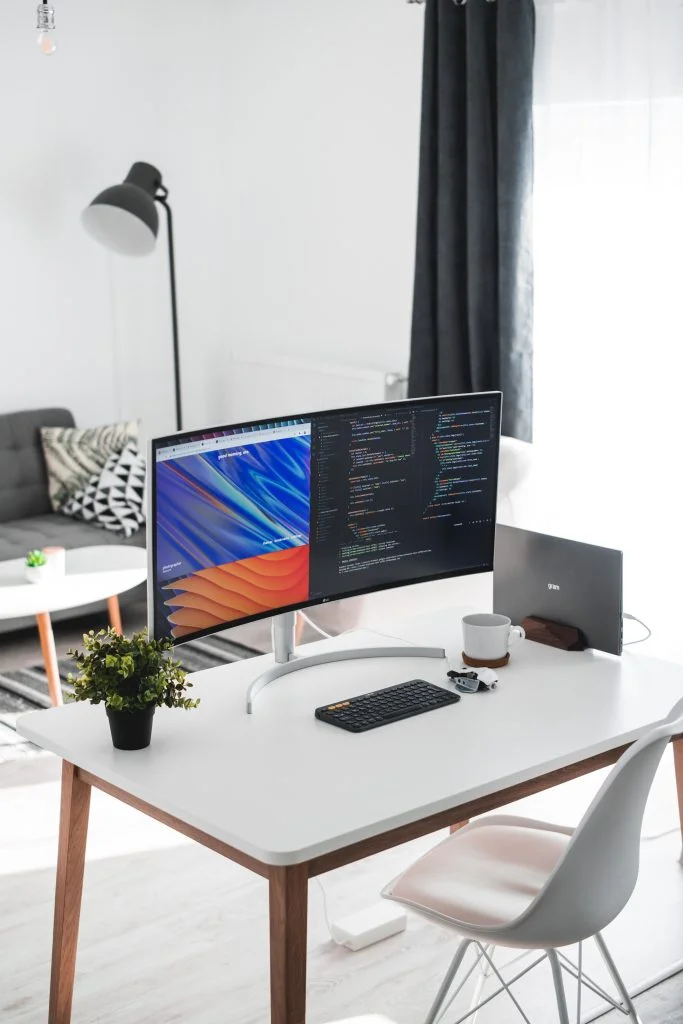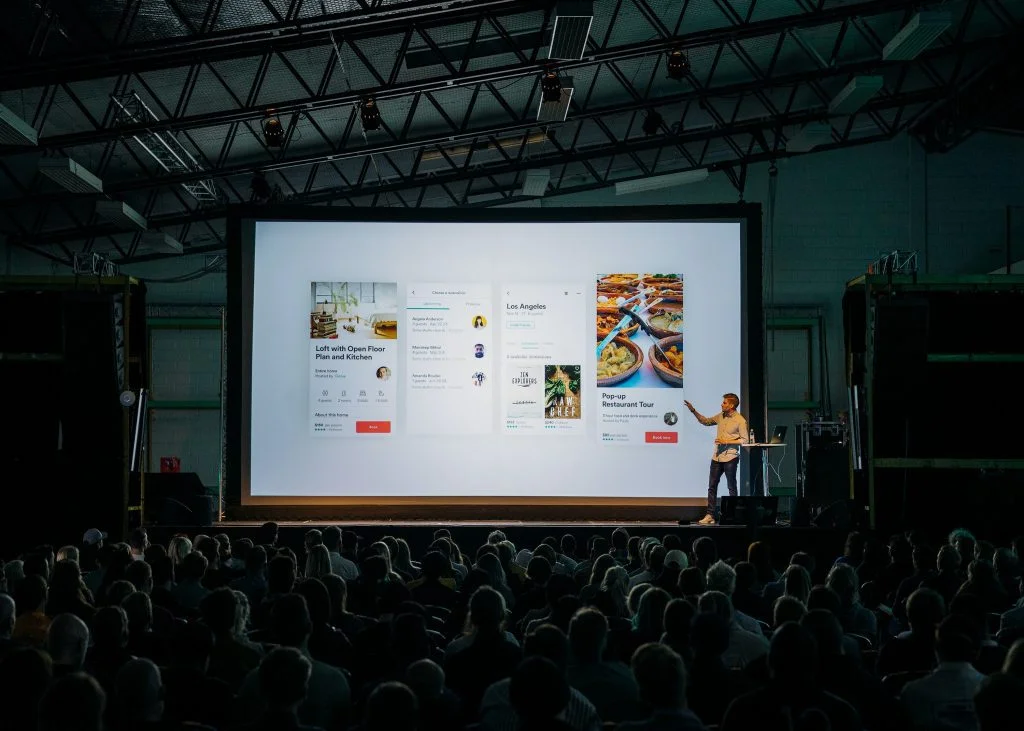The world of UI/UX design is constantly evolving, with new trends and technologies emerging every year. As we move into the future, there are several exciting developments on the horizon that are set to shape the way we design and interact with digital interfaces. In this blog, we will explore some of the most significant trends and predictions for the future of UI/UX design.
- Immersive Technologies One of the most significant trends in UI/UX design is the rise of immersive technologies such as virtual reality (VR) and augmented reality (AR). These technologies allow designers to create more engaging and interactive experiences for users, blurring the lines between the physical and digital worlds. As the technology continues to evolve and become more accessible, we can expect to see more and more immersive experiences in UI/UX design.
- Voice-Based Interfaces As more people use voice assistants like Siri and Alexa, voice-based interfaces are becoming increasingly popular in UI/UX design. Voice-based interfaces allow users to interact with digital devices using natural language, making them more intuitive and user-friendly. With advances in natural language processing, we can expect to see even more sophisticated voice-based interfaces in the future.
- Minimalism and Simplicity The trend towards minimalism and simplicity in UI/UX design is set to continue into the future. With users increasingly overwhelmed by the amount of information available to them, designers are simplifying their interfaces to make them more accessible and user-friendly. Minimalist designs, with their clean lines, simple shapes, and bold typography, are ideal for mobile devices, where screen real estate is limited.
- Personalization As we move towards a more personalized digital experience, UI/UX design is also becoming more tailored to individual users. By gathering data on user behavior and preferences, designers can create interfaces that are optimized for each user, providing a more personalized and engaging experience. This trend is set to continue as more and more data is gathered on users and their behavior.
- Accessibility Accessibility has always been an important consideration in UI/UX design, but with the growing awareness of the importance of inclusive design, accessibility is set to become even more critical in the future. As designers strive to create interfaces that are accessible to users with a range of disabilities, we can expect to see more innovative solutions and technologies emerge.
- Dark Mode Dark mode, which switches the interface to a dark color scheme, has become increasingly popular in UI/UX design in recent years. This trend is set to continue as more users seek out the benefits of dark mode, including reduced eye strain, increased battery life, and improved visibility in low-light environments.
- Data Visualization As we gather more and more data, designers are increasingly turning to data visualization to help users make sense of complex information. By presenting data in a visually engaging and easy-to-understand way, designers can help users to make informed decisions and gain insights into their data.
In conclusion, the future of UI/UX design is an exciting and ever-evolving landscape. As designers continue to push the boundaries of what is possible, we can expect to see more immersive, intuitive, and personalized interfaces that provide users with an engaging and rewarding experience. Whether it is through immersive technologies, voice-based interfaces, or minimalist designs, the future of UI/UX design promises to be an exciting journey of innovation and discovery.

